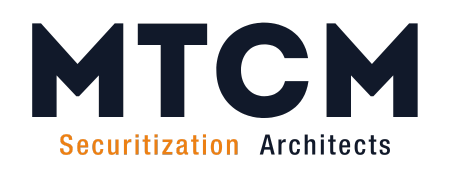Structured Products?
Structured products are advanced financial instruments that combine traditional investment elements with derivatives, offering customized solutions to meet various investor needs. These instruments are issued independently and securitized as commercial papers, enabling them to be tailored for different market conditions, whether bullish, bearish, or neutral. This adaptability allows structured products to support a wide range of investment strategies, from conservative capital protection to more aggressive leverage approaches.
Structured products facilitate access to diverse asset classes that are often challenging to invest in directly. These can include precious metals, commodities, and emerging markets, providing investors with opportunities that might otherwise be inaccessible. By incorporating these varied asset classes, structured products help investors diversify their portfolios and explore different investment avenues.
The ability to integrate traditional investments with innovative derivatives within structured products creates flexible and sophisticated investment solutions. This flexibility makes structured products valuable tools for addressing various market scenarios and investment objectives, allowing investors to align their strategies with specific financial goals.
They cover any market expectation, bullish, bearish, or neutral.
Include different risk profiles, from low-risk capital protection products to high-risk leverage products.
High liquidity in the secondary market provided by the issuer.


Structured products are sophisticated financial instruments designed by combining traditional investments with derivatives to create customized financial solutions. The mechanics of these products involve several key components, including underlying assets, derivative instruments, and the payoff structure.
Structured products typically start with a foundation of traditional investments, such as equities, bonds, or commodities. These underlying assets provide the base upon which the product’s performance is built. For example, a structured product might be based on a bond issued by a corporation or an equity index tracking major stock markets.
Derivatives are then added to the traditional investments to enhance or modify the product’s performance characteristics. These derivatives can include options, futures, or swaps, which are used to create specific investment outcomes. For instance, an option might be included to provide leverage or to offer protection against potential losses, depending on the product’s objectives.
The combination of underlying assets and derivatives results in a payoff profile that determines the product’s return. The payoff profile is structured to align with different market scenarios—such as rising, falling, or stable markets—and can vary based on the performance of the underlying assets and the terms of the derivatives. For example, a structured product might offer a fixed return if the underlying asset performs within a certain range, or a variable return linked to the performance of a specific index.
The flexibility of structured products allows them to be tailored to meet specific investor needs and market conditions. This customization can include varying the risk and return profiles, adjusting the underlying assets and derivatives, and designing the product to match particular investment goals or risk tolerances.
In summary, structured products combine traditional investment elements with derivatives to create bespoke financial solutions. By breaking down the typical structure, including the underlying assets, the role of derivatives, and the payoff profile, investors can gain a deeper understanding of how these products work and how they can be utilized to achieve specific financial objectives.
MTCM has a global approach with offices in major financial centers across the globe. Our interdisciplinary teams with a wide expertise will help you design and implement your strategies and provide you with full access to global institutional markets.
MTCM operates under the Luxembourg securitization legal framework, amongst others.


Discover the future of finance with our ebook, The Age of Securitization, brought to you by MTCM! Dive into the world of securitization and learn how companies are transforming assets into innovative investment opportunities. Ready to elevate your financial knowledge? Download your copy now and become an expert in one of the most groundbreaking trends in the market!
